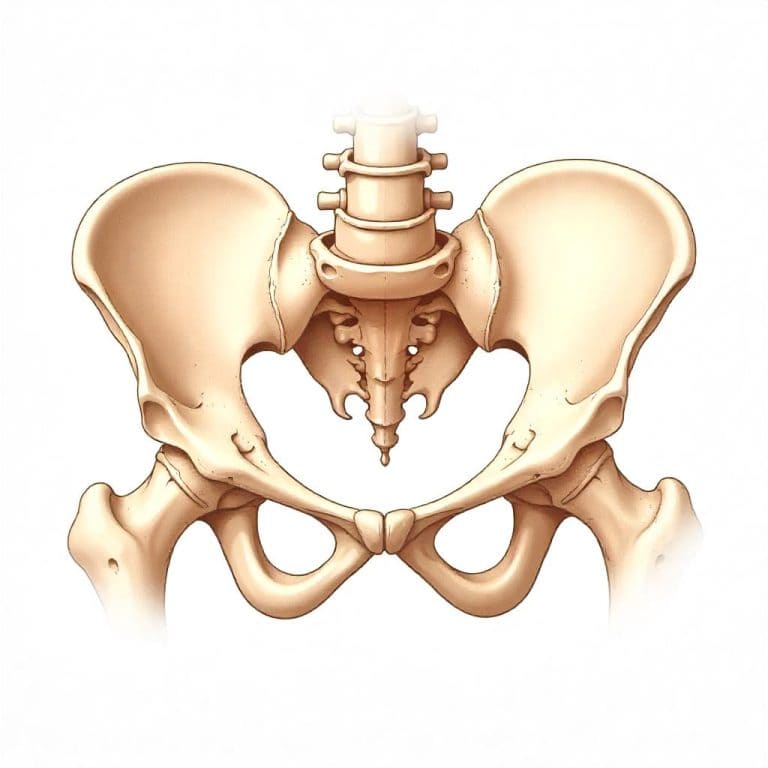Welcome to the online the Bones of the Pelvic Girdle Quiz! In this quiz, you will test your knowledge on the bones that make up the pelvis, a vital part of the human body’s skeletal system. The pelvic girdle is made up of several bones that provide support and protection for organs in the lower part of the body.
You will learn about the different bones of the pelvic girdle, including the ilium, ischium, and pubis. These bones work together to form a strong structure that helps with movement and stability. Get ready to challenge yourself and see how much you know about the bones of the pelvic girdle!
Play Bones Of The Pelvic Girdle Quiz
Instructions
- This quiz is multiple choice.
- Read each question carefully before selecting an answer.
- Choose the best answer for each question.
- You will see the missed questions with correct answers at the end of the quiz.
Quick Facts
- The pelvic girdle is made up of the hip bones, which are connected to the sacrum at the base of the spine.
- This is crucial for providing support to the lower body and protecting the organs in the pelvic region.
- These bones are some of the strongest in the body, allowing for stability and strength in movements like walking and running.
- This consists of the ilium, ischium, and pubis bones, which come together to form a ring-like structure.
- The pelvic girdle is essential for proper posture and alignment of the spine, helping to prevent back pain and injuries.
- The bones of the pelvic girdle play a key role in childbirth, as they provide a stable base for the uterus and support the weight of the growing baby.
- This is also important for balance and coordination, helping us to maintain our center of gravity and move efficiently.
- The bones are connected by strong ligaments and muscles, which help to hold the structure together and provide flexibility in movements.
- The pelvic girdle undergoes changes throughout life, particularly in females during puberty and pregnancy, as it adapts to support the changing needs of the body.
Downloads
Study Tips
- Create a study schedule and stick to it.
- Find a quiet and comfortable study environment.
- Remove distractions such as phones and social media.
- Take breaks every 25-30 minutes to avoid burnout.
- Use active studying techniques like summarizing, highlighting, and teaching concepts to someone else.
- Practice retrieval by testing yourself with flashcards or practice quizzes.
- Stay organized with notes, study guides, and resources.
- Stay hydrated and eat brain-boosting foods like fruits, nuts, and whole grains.
- Get enough sleep to improve memory retention and cognitive function.
- Reward yourself for reaching study goals to stay motivated.
